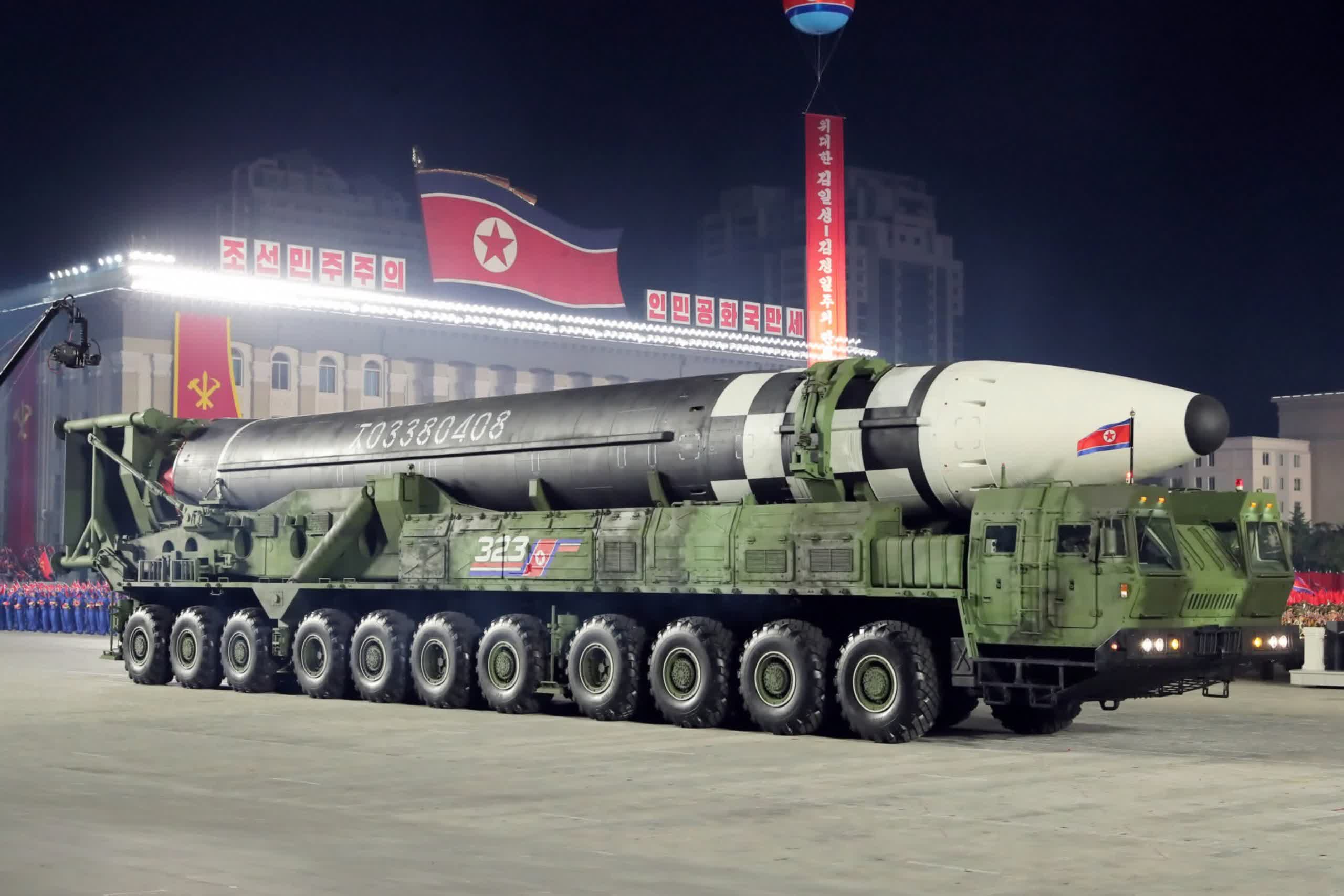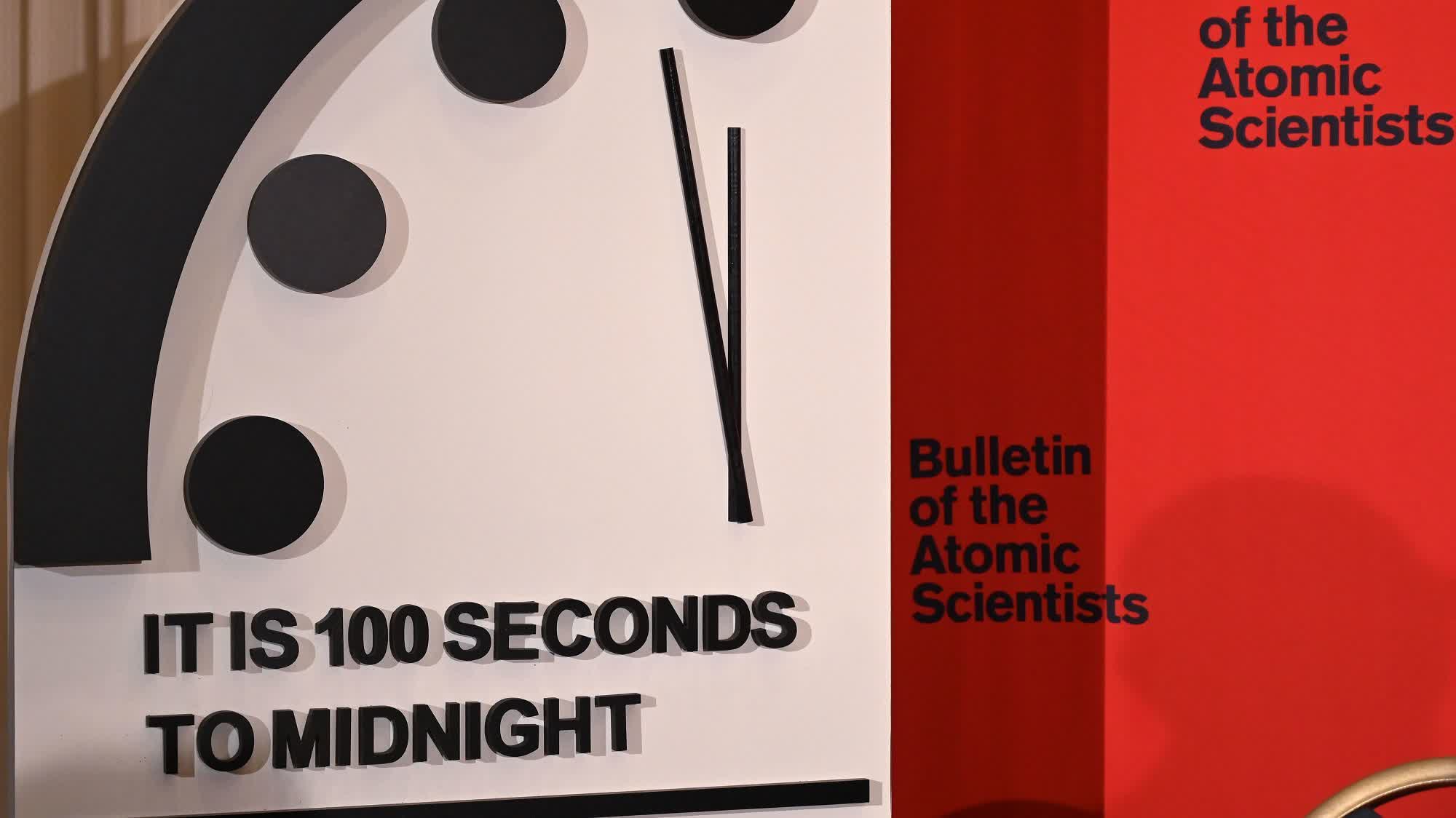What just happened? The Doomsday clock, a symbol of how close humanity is to a global catastrophe, has not moved any closer to midnight. That's the good news. The bad news is that it remains 100 seconds away from the dreaded time, the closest it's ever been since the clock's inception in 1947.
The Bulletin of the Atomic Scientists, which was co-founded by Albert Einstein and University of Chicago scientists in 1945, yesterday announced that the Doomsday clock's hands would not change from last year's setting.
The pandemic was a big factor in why the clock did not move backward. "The lethal and fear-inspiring COVID-19 pandemic serves as a historic 'wake-up call,' a vivid illustration that national governments and international organizations are unprepared to manage the truly civilization-ending threats of nuclear weapons and climate change," said Bulletin president and CEO Rachel Bronson.
The Bulletin said disinformation and conspiracy theories had worsened the threat of nuclear and environmental disaster, adding that online disinformation led to the US Capitol riots. "In 2020, online lying literally killed," scientists wrote.
The changing likelihood of nuclear annihilation has long dictated the clock's time. The Bulletin said "legitimate concerns about national leaders who have sole control of the use of nuclear weapons" have been renewed. Developments in Northeast Asia, the Middle East, and South Asia further add to nuclear risks, with North Korea being a particular concern.

There was also a warning over the environmental impact of post-pandemic stimulus plans. "In aggregate, the G20 countries had committed approximately $240bn to stimulus spending that supports fossil fuel energy by the end of 2020, versus $160bn for clean energy. At present, national plans for fossil fuel development and production are anything but encouraging."
There are some reasons to be optimistic that the clock will move away from midnight next time, including the US rejoining the Paris climate accord and signing a five-year extension to an arms control treaty with Russia that limits the countries' deployed nuclear warheads.
The Doomsday clock's original setting in 1947 was seven minutes to midnight. The furthest away humanity has been from disaster was seventeen minutes to midnight in 1991 when the United States and Soviet Union signed the first Strategic Arms Reduction Treaty, and the Soviet Union dissolved.
The Doomsday clock has been slowly inching toward midnight over the last 20 years, reaching its closest, current reading in 2020.
